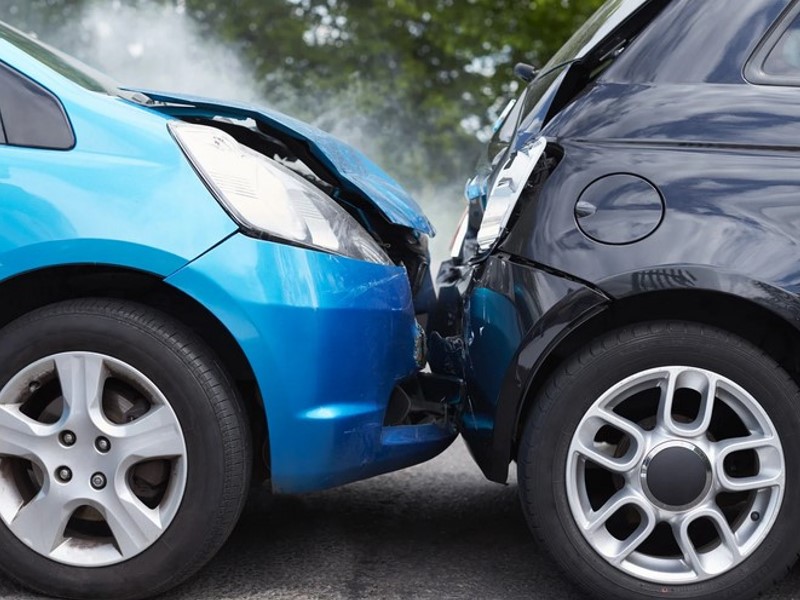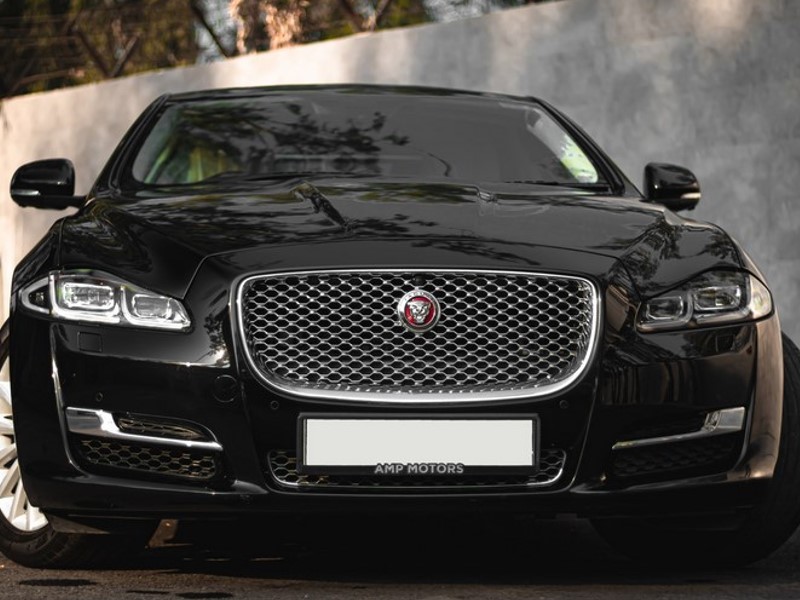The seemingly trivial car bumper is not just a mundane accessory as it is a crucial component that ensures safety, enhances aesthetics, and contributes to the overall functionality of vehicles.
Over the years, car bumpers have undergone significant transformations, evolving to meet changing needs, regulations, and design preferences. This comprehensive guide delves into the diverse types of car bumpers, examining their evolution, features, and applications.
Table of Contents:
Traditional Metal Bumpers
Traditional metal bumpers, typically made from steel or iron, were once ubiquitous across the automotive industry. These robust bumpers provided substantial protection to vehicles during low-speed collisions, effectively absorbing impact and minimizing damage to the vehicle’s body. However, they were heavy and often lacked aesthetic appeal.

Chrome Bumpers
Chrome-plated bumpers gained popularity in the mid-20th century, particularly in classic cars and trucks. Known for their shiny appearance and durability, chrome bumpers added a touch of sophistication to vehicles of that era.
They were relatively easy to maintain and offered decent protection against minor impacts. However, their heavy weight and susceptibility to corrosion led to their gradual decline in usage.
Plastic Bumpers
The introduction of plastic bumpers marked a significant shift in automotive design and manufacturing. Molded from materials such as polypropylene or polyurethane, plastic bumpers offered several advantages over their metal counterparts. They were lighter, more flexible, and easier to mold into complex shapes, allowing for greater design flexibility.
Painted Bumpers
Painted bumpers, often made from plastic, became increasingly common in modern vehicles. These bumpers are seamlessly integrated into the vehicle’s body, providing a cohesive and aesthetically pleasing appearance.

